
Best Itineraries for Photography Lovers in Iceland

- General Tips and Tricks for Photography Lovers in Iceland
- Consider the Time of Year
- Consider the Time of Day
- Consider the Weather
- Bring Photography Equipment Suited to Your Skill Set and Plans
- Book Appropriate Tours for Photography
- Best Photography Workshops in Iceland
- Best Slow-Paced Self-Drive Tours in Iceland
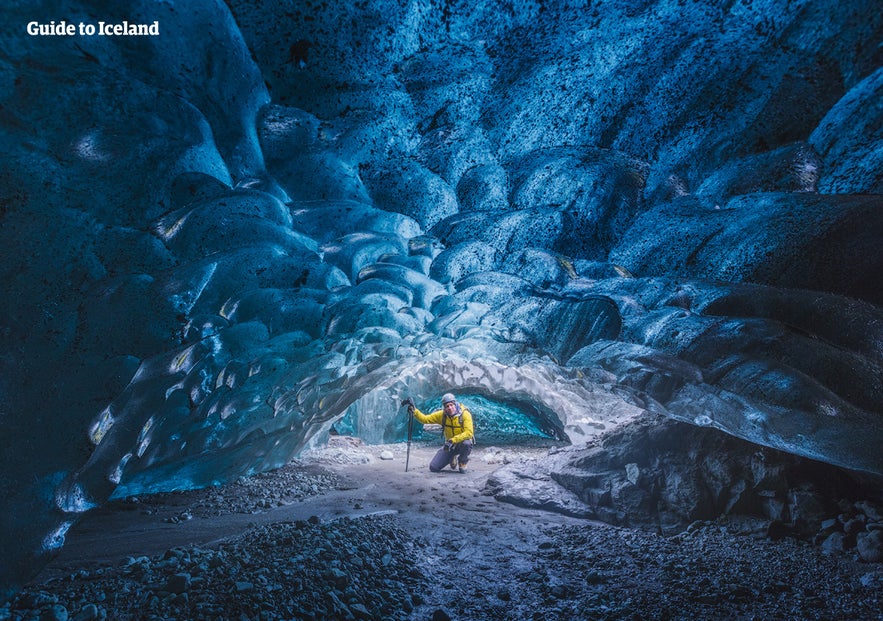
Where are the best photography spots in Iceland? When is the best time of the year to come to Iceland for photography? Are there any tours that focus on capturing this beautiful country on film? Read ahead for the best itineraries for photography lovers in Iceland.
- Learn the basics in Photography in Iceland
- Photograph Iceland's most beautiful animals on a Westfjords Wildlife Photography Adventure
- Join this thrilling 8 Day Photography Workshop | Summer in Iceland
Images and footage of Iceland’s spectacular landscapes and dramatic features draw millions of guests every year; it is little wonder, therefore, why many shutterbugs flock to the island, hoping to add some unique and beautiful photos to their portfolio. Whether an amateur photographer using a camera-phone or an expert with professional equipment, guests can enjoy countless opportunities to capture pictures of Iceland on film.
While it is possible to take some excellent photographs without tailoring your holiday to building your portfolio, those who come with such an agenda will find plenty of options to help them out. This article will provide tips, tricks and tour suggestions to aid any planning an itinerary in Iceland tailored to photography.
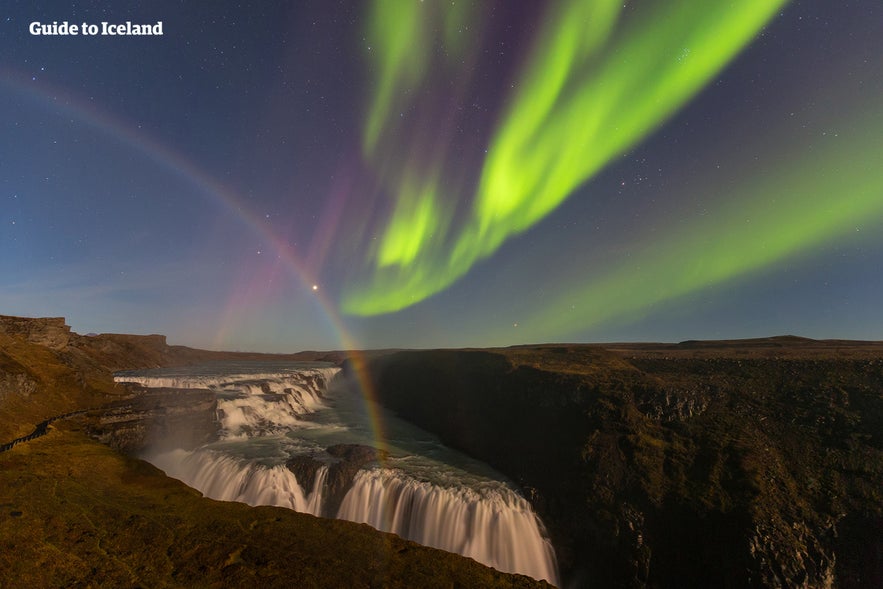
General Tips and Tricks for Photography Lovers in Iceland
Before getting into the best itineraries for shutterbugs, it is important to know a few things about photography in Iceland to help you get the best images possible. With the following tips in mind, you can better plan a trip that avoids common pitfalls that many guests do not see coming.
Consider the Time of Year
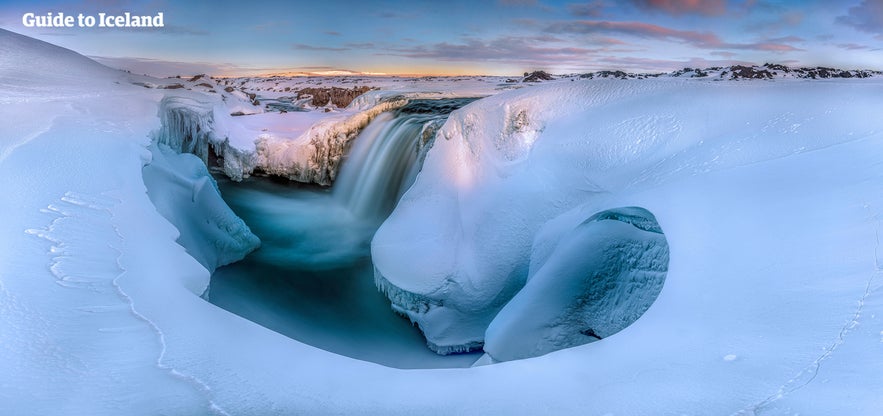
Iceland is a country of dramatic seasonal contrasts. In the depths of winter, the landscapes are covered in a blanket of snow, the spectacular features are decorated with ice, the sun only emerges for around four hours at a time, and the night skies are often lit with the Northern Lights. In the height of summer, meanwhile, the sun never sets, allowing you to sightsee and explore regardless of the hour.
Photography lovers coming to Iceland should, therefore, consider the kind of images they want to take before arriving. Landscape photographers eager to picture the vast, remote Highlands will find accessing them very difficult in winter, whereas those looking to capture the iconic crystal blue ice caves beneath Vatnajökull glacier or the swirling aurora borealis must plan their trip for this season.
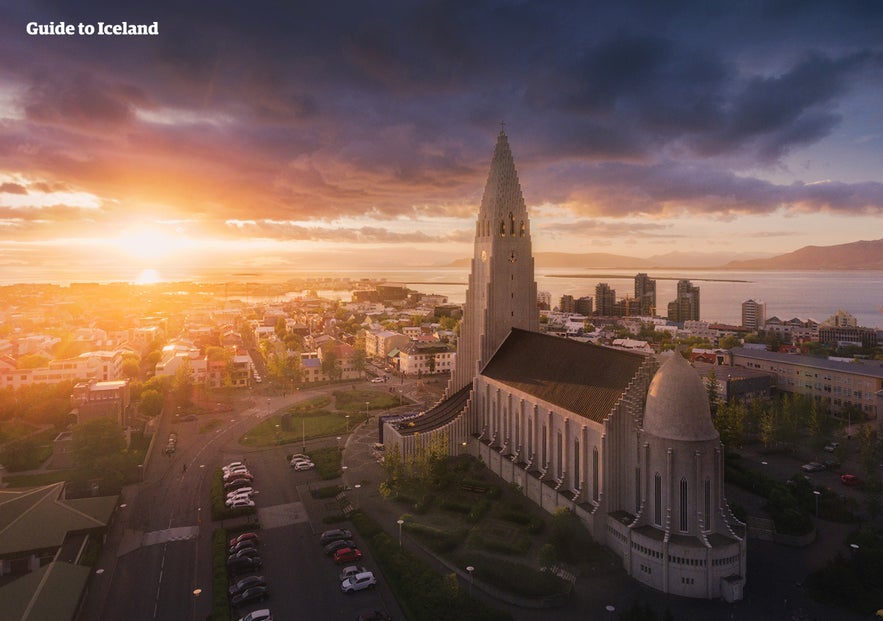
There is no best time of year for photography in Iceland; it all depends on what images you want to take. Many shutterbugs make multiple trips to the country, to make the most of the seasonal opportunities or take vastly different pictures of the same location.
Those travelling in winter must, of course, take extra care with expensive equipment. Ensure you bring waterproof covers in case of rain, and a portable battery charger can be incredibly useful considering how quickly the cold can drain battery life.
- See also: Iceland’s Seasonal Contrasts
Consider the Time of Day
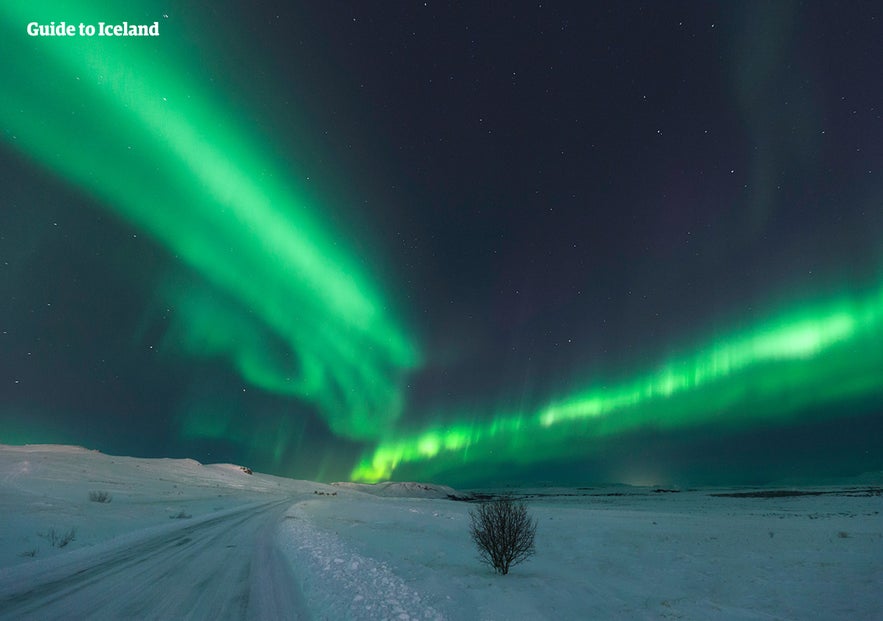
The difference between an average photograph and one that speaks of the true beauty and drama of a location can depend entirely on the time of the day that it is taken. Photography experts often refer to the golden hour, referring to the hours around sunrise and sunset, as the best time to take pictures.
In Iceland, however, this ‘golden hour’ is not quite so simple; in winter, all the hours of daylight are around sunrise and sunset, and through the nights of summer, the sun sinks low enough to provide this lighting effect.
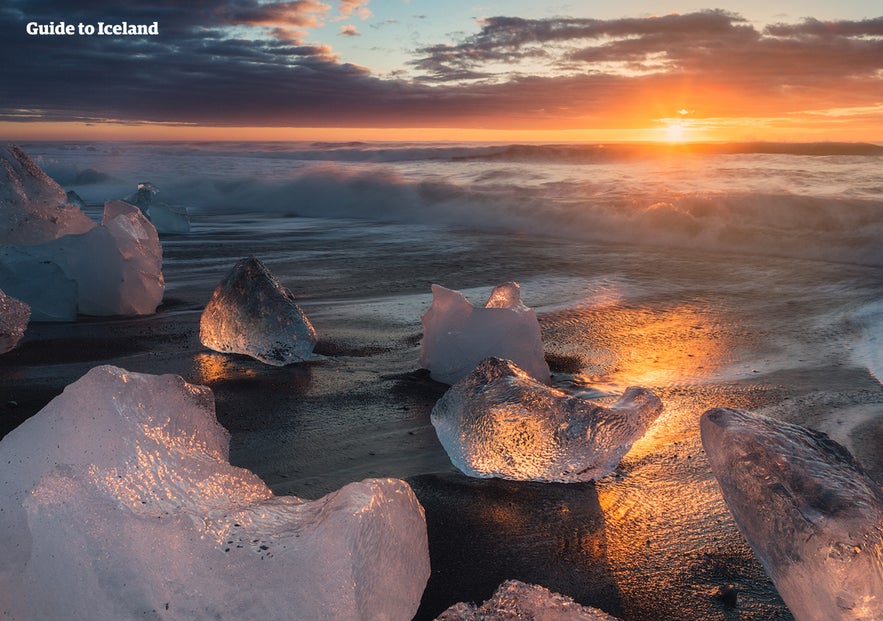
That is not to say, however, that it is futile to take photographs at any other time; in many cases in Iceland, the opposite is true. At sunrise, you may find your images of this country’s spectacular glaciers to be somewhat dull; to capture their shimmering shades of white and blue, it is often best to photograph them during the sunniest part of the day. To shoot features such as Kirkjufell mountain under the Northern Lights, you’ll obviously have to wait for night to fall.
Photography lovers, therefore, should ensure that they plan their journeys to either hit their locations at the opportune time or spend plenty of time at each site; the latter is preferable, considering Iceland’s volatile weather. It is often a good idea to plan multiple trips to your favorite locations to capture them at the best possible time of day, which is particularly easy when traveling areas such as the South Coast, as you will go back and forth along the same road.
- See also: The Northern Lights and the Midnight Sun in Iceland
Consider the Weather
As mentioned, Iceland’s weather is unpredictable and fickle, to the extent that the country has a saying in reference to it; ‘if you don’t like Iceland’s weather, wait five minutes.’ While this unpredictability can lead to the occasional disappointment when it comes to photography, there are several precautions you can take to avoid this.
The first, of course, is to keep track of the forecast. While not 100% reliable, Iceland’s weather website is regularly updated and the best way of determining what sort of pictures you will be able to take on any given day. It is particularly useful in winter for those planning to capture Northern Lights, as it reveals the cloud cover across the country and the aurora forecast on a scale of zero to nine.
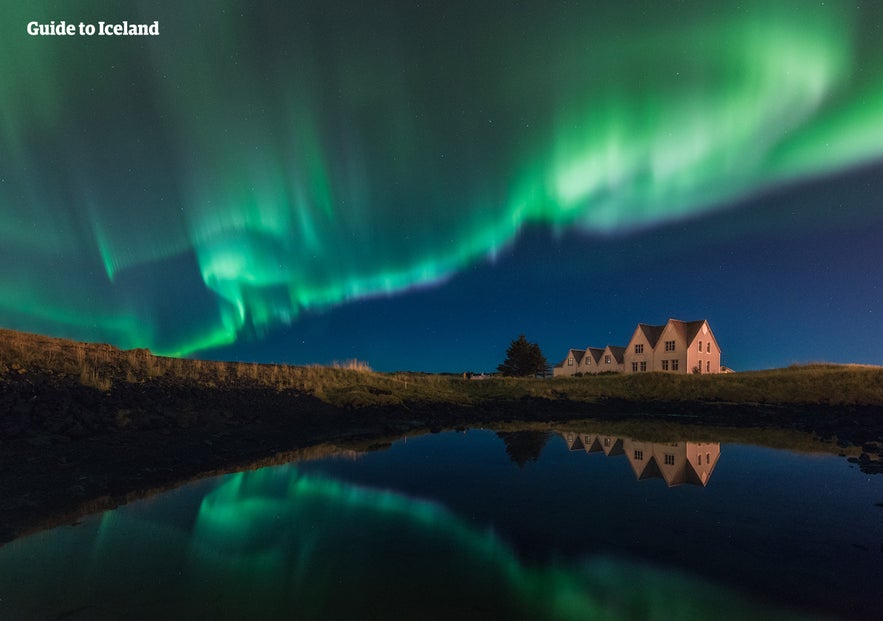
Secondly, make sure you take equipment suited to all kinds of weather. This does not just include the aforementioned waterproof covers and battery chargers but also the correct clothing. With warm, waterproof clothing on hand, you can comfortably wait out a bad spell until conditions improve.
The final tip regarding the weather in Iceland in terms of photography is to embrace it. You may have been hoping to capture the Highlands under the gleaming sun, but with an open mind, you might find that your photographs of them under ominous black clouds have a different but equally spectacular kind of beauty.
Bring Photography Equipment Suited to Your Skill Set and Plans

Yes, Iceland’s nature is incredible; yes, you want the very best pictures of it as possible; and yes, you want your images to be different from all the others that have been taken. This does not necessarily mean, however, that you need to bring every lens, tripod and other accessory with you every time you go out to take photos. In fact, this can often be detrimental to your experience.
Many of Iceland’s most spectacular locations, particularly in the Highlands, require a certain amount of hiking to reach, so you don’t want to be slowed down by a load of heavy equipment you won’t use; a wide-angle lens should do the job fine. If taking a whale or puffin watching tour out on the sea, just bringing a telescopic lens may be the best; any extras brought along are at risk from being damaged by the rocking boat or erosive seawater.
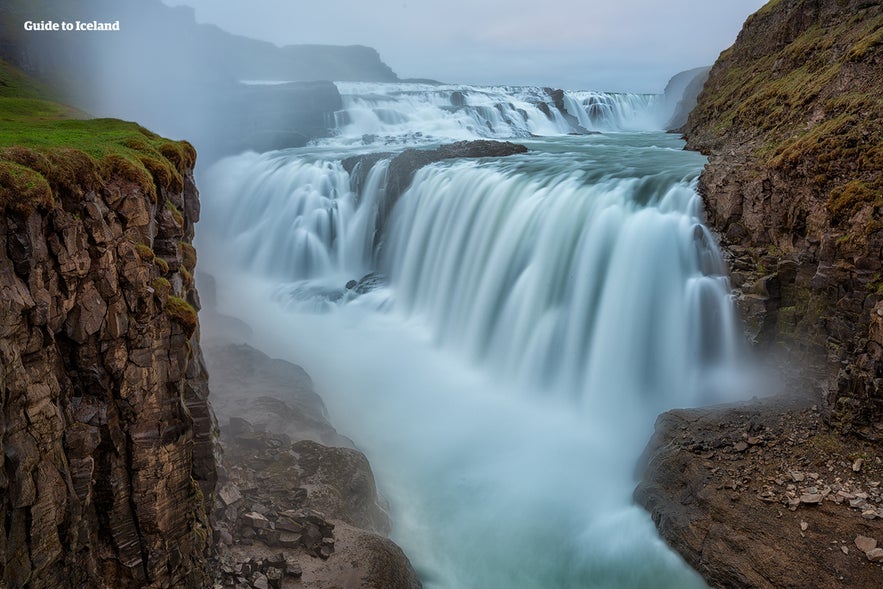
This is not to say, however, that you should attempt to travel everywhere with as little equipment as possible. Those seeking to photograph the northern lights, or else capture a waterfall with a long exposure will be very grateful to have a tripod on hand to ensure their camera remains as still as possible.
If your photography locations are right by the roads you are travelling on, as they likely will be on the Snæfellsnes Peninsula and South Coast, then you can bring all your equipment and leave what you don’t need in your car or tour bus.
If you are an amateur photographer merely looking to capture this beautiful country on camera for personal pleasure and social media, then, of course, a smartphone will do the job in the vast majority of cases.
- See also: What to Pack for Travel in Iceland
Book Appropriate Tours for Photography

Many sightseeing tours around Iceland have to stick to a reasonably strict agenda, limiting your time at certain locations and usually only allowing you to visit them once a day. While such tours may suit the amateur photographer, those seeking to make the most of every photo opportunity should consider a different kind of excursion.
Photography workshops are perfect for those who seek to improve their skill set and portfolio under the guidance of professional photographers. These experts know the landscapes, are happy to help you with your compositions and post-production, and will allow you plenty of time at the most photogenic locations. Those who would rather travel independently, meanwhile, will find a range of slow-paced self-drive tours that are designed, in part, with photography enthusiasts in mind.
Below, we have compiled a list of the best of these options to help you find the perfect tour for you.
Before discussing these excursions, however, it should be noted that those unfamiliar with camera settings hoping to capture the aurora borealis will benefit enormously from taking a tour, as northern lights guides can fiddle with your equipment to help you get the best images possible.
Best Photography Workshops in Iceland
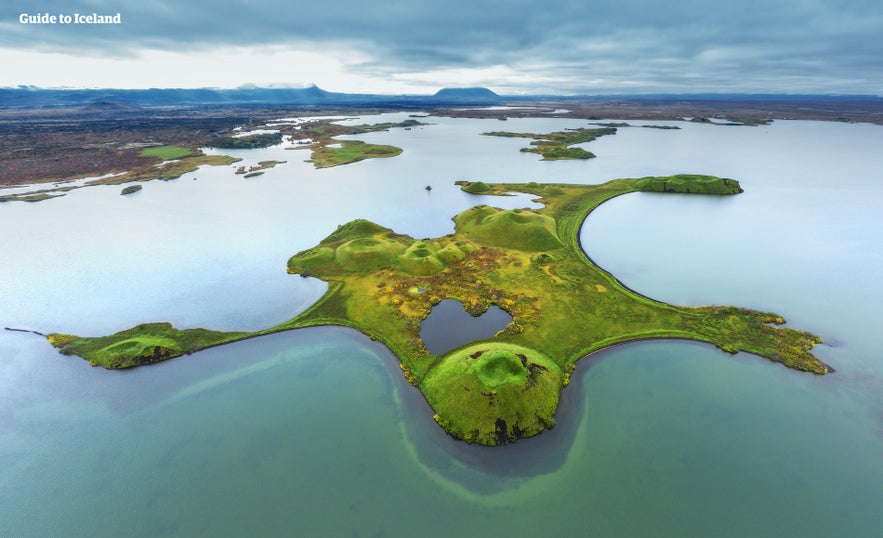
Photography workshops are, without a doubt, the best choice for travelers seeking to improve their skills with a camera and get the very best images possible. There is a wide range of options based on the time of year and geographical location, but all have certain advantages over less specific tours.
Firstly, all guests on these excursions will be granted two seats on the bus, allowing you to bring as much equipment as you like, and pick and choose which parts you will take at each location. The bus, of course, will be driven for you, allowing you to spend every minute focused on your surroundings and images.
Your photography guides will be award-winning experts who will not only assist you on location but provide you with lectures so that you can go home with a brand new skill set as well as a vast new portfolio. They will also provide you with post-processing videos so that you can use modern technology to improve your skills even further.

During these tours, your accommodation will also be planned in advance, taking the stress off planning a holiday.
Photography lovers coming to Iceland in winter will no doubt want to capture two of the country’s most incredible and awe-inspiring phenomena: the northern lights and the crystal blue ice caves. For them, this four-day winter photography workshop is by far the best option. Every night you will set out in hunt of the auroras, providing as good a chance as possible at shooting them, and the short days will be packed full of spectacular sites.
Other than the mesmerizingly beautiful ice caves, which draw thousands of guests every year due to how rare and unique they are, you will get to photograph a range of sites along the South Coast. These include the haunting black sand beach of Reynisfjara, renowned for its powerful waves and dramatic geology; the stunning waterfalls of Seljalandsfoss and Skógafoss; the incredible rock arch of Dyrhólaey; and ‘the crown jewel of Iceland’s nature’, the Jökulsárlón glacier lagoon.
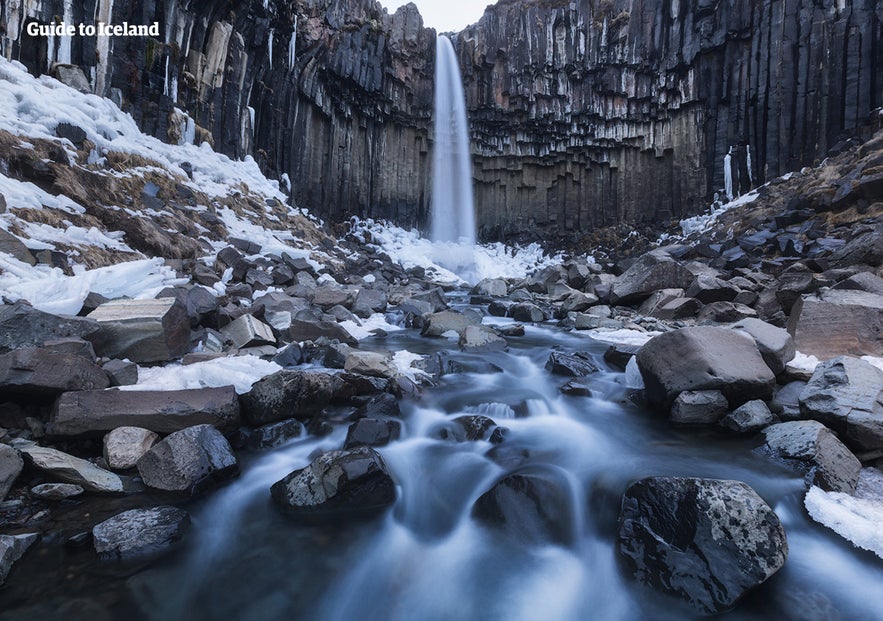
While all of these features are beautiful throughout the year, the winter adds a dramatic flair to each of them, with snow stretching down to the sea, ice adorning the rocks around the waterfalls, and dark skies casting ominous shadows across the landscapes. You will also get to visit most of these locations twice, as you travel back and forth along the South Coast, to shoot them under different conditions.
As a bonus, you will also get to photograph the three iconic sites of the world-famous Golden Circle route: Þingvellir National Park, Gullfoss waterfall and Strokkur, a geyser in Haukadalur Valley. In winter conditions, all look like they were pulled from a fantasy novel.
Four days in a decent amount of time to capture these features in winter, but Iceland’s fickle weather can mean that the Northern Lights do not show, and the ice caves are occasionally closed due to flooding. Those who want to provide themselves with every opportunity to capture these phenomena could instead look to this eight-day tour.
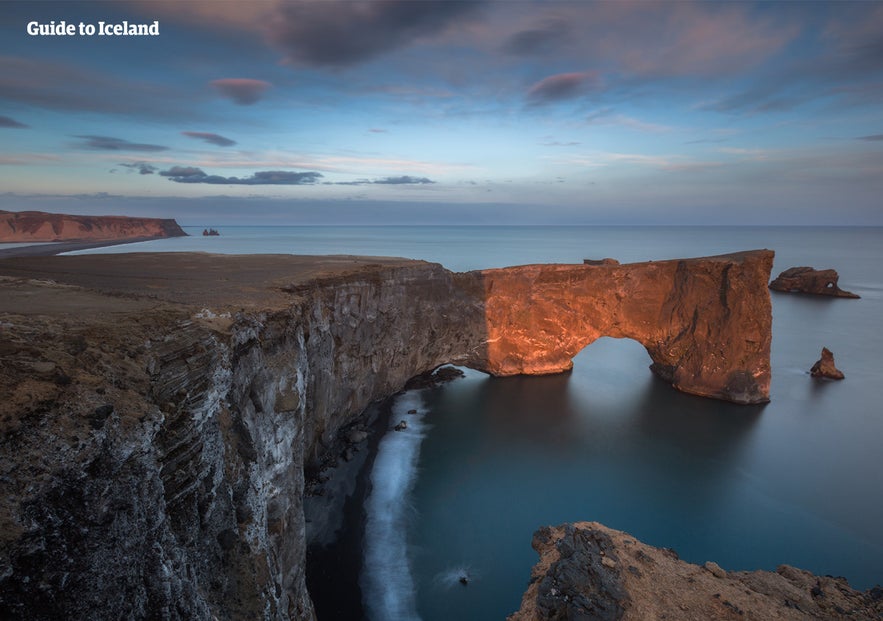
While it covers the same sites as its shorter counterpart, it has greater flexibility in terms of when you will enter the ice caves, and of course, four more nights for aurora hunting. It also lets you better explore and shoot the aforementioned sites, at different times of the day under different conditions.
While capturing the northern lights and ice caves should be on every shutterbug’s bucket list, some may be more interested in the photographic opportunities provided by the endless summer days. Tours taken in summer provide more time at each location, allow you to fit more sites into your day, and do not come with the worry that the Northern Lights may not show, or the ice caves may be inaccessible.
Summer photography workshops can be enjoyed by guests no matter how long their stay. This three-day workshop, for example, is perfect for those who are only coming to Iceland for a brief period. Like the tours mentioned above, you will travel back and forth along the South Coast, but rather than spending a day in the ice caves, you will have added hours capturing the incredible icebergs of Jökulsárlón and the Diamond Beach.
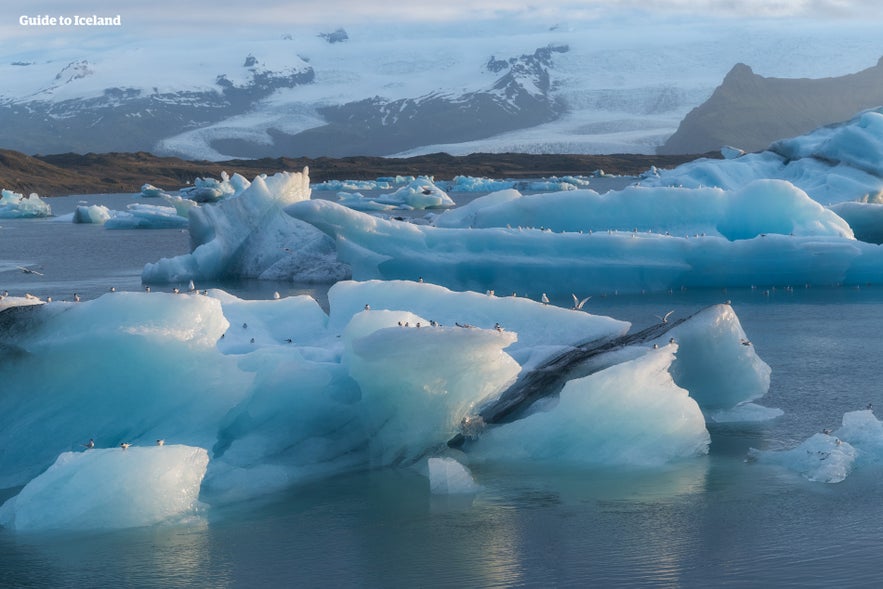
Those staying for a little longer may be more inclined to take this eight-day workshop. Following the same itinerary as the eight-day winter tour, this option will dramatically improve your skills due to the sheer amount of time you will get to spend at each location. Unlike the three-day summer workshop, this option will also provide you with a chance to shoot the sites of the Golden Circle in their verdant summer colors.
For those staying in Iceland for just under a fortnight in summer, the most immersive photography workshop you can enjoy is this twelve-day option that fully encircles this beautiful island. To make it even more special, it is conducted in part throughout the bright nights, not only providing you with the ‘golden hour’ throughout all your shoots, but also allowing you to avoid all the crowds for the perfect composition.
When traveling through West Iceland, you will get to shoot the many incredible features along the Snæfellsnes Peninsula, such as Kirkjufell (often called the most photographed mountain in Iceland), the towering basalt pillars of Lóndrangar, and the iconic twin-peaked glacier Snæfellsjökull.

North Iceland boasts just as much diverse beauty, with subjects that range from the rhino-shaped rock Hvítserkur to the bubbling mud-pits of Námaskarð Pass, the serene lakes of Mývatn to the rapid Goðafoss waterfall.
This workshop will also take you well off the beaten track to parts of the country few get to visit. East Iceland, for example, is a sparsely populated but incredibly beautiful region, with plunging fjords, towering mountains and unmatched seascapes. The Highlands, meanwhile, are all but uninhabited, and a perfect place to capture Iceland’s nature at its most raw and dramatic.
Of course, you’ll also get to shoot the sites of the South Coast.
A bonus of taking a photography workshop in summer is the fact that you will have more opportunities to shoot wildlife; puffins and many other seabirds, for example, only nest in Iceland from May to September.
- See also: Where to Find Puffins in Iceland
Best Slow-Paced Self-Drive Tours in Iceland
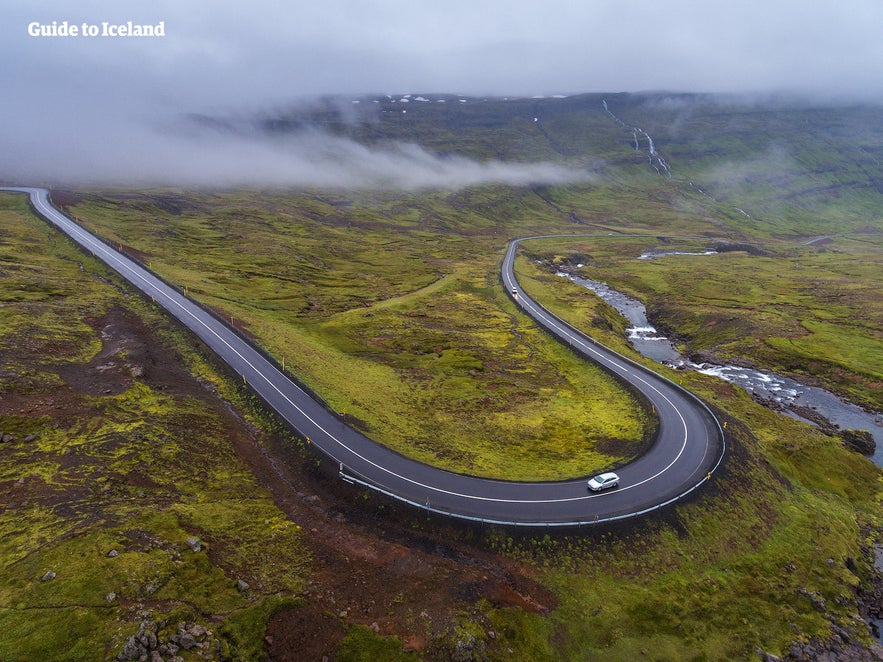
While photography workshops are undoubtedly the best way to improve your skills and raise the standard of your portfolio, they are not for everyone. If you are more inclined to drive yourself, without worrying about other guests and paying a little extra for professional guidance, then photography enthusiasts are encouraged to book a slow-paced self-drive tour.
While some self-drive tours are tailored to those who want to see as many sites as possible in as short a time as possible, there are many options better suited for photographers who wish to take their time. Self-drives have the added bonus of flexibility; so long as you arrive at your pre-determined accommodation for the night, you can spend as much time at the features of your choice as you like.
If coming to Iceland in winter for just a few days, this three-day self-drive provides plenty of opportunity to shoot the incredible sites of the west and south. You will get to photograph the haunting lava landscapes of the Reykjanes Peninsula, practice your urban photography skills in Reykjavík, and travel the Golden Circle. On your final day, you are free to take a day tour across the beautiful South Coast, or else hike further into nature to shoot the geothermal phenomena at Reykjadalur valley.

Though the tour is tailored to those eager to make the most of bathing in Iceland’s hot springs, it can easily be adjusted to focus on photography.
Those with a little longer stay in Iceland in winter could look to make even more of the sites of the west by booking this six-day tour. For three days, you will be able to slowly explore and shoot the locations of the Snæfellsnes Peninsula and its surroundings, while also having plenty of time to photograph the Reykjanes Peninsula, the capital city and the Golden Circle.
Summer travelers will find an even wider range of slow-paced tours that allow you to spend hours a day shooting at your favorite locations. This eight-day option encourages you to truly immerse yourself in the country’s west and south and offers tours that provide some unique shooting opportunities.

You can try your hand at wildlife photography on a whale-watching tour, shoot landscapes from the heights of Sólheimajökull glacier, and capture the icebergs of Jökulsárlón up close on a boat tour, to name but a few examples.
A similar ten-day summer self-drive will grant you an extra day marveling over the countless wonders of Snæfellsnes and provide you with a day to explore and photograph the many cultural and architectural sites of Reykjavík.
This twelve-day summer self-drive, meanwhile, grants you even more time at the glacier lagoon, and two free days in the capital. You can use these days to improve your urban photography, or else to take a tour from the city that will provide you with unique shooting opportunities.
Particularly of note are a helicopter ride over the nearby geothermal areas, allowing you to take some spectacular aerial pictures, and the Inside the Volcano tour, where you can shoot the incredible, magnificently coloured interior of an old magma chamber.
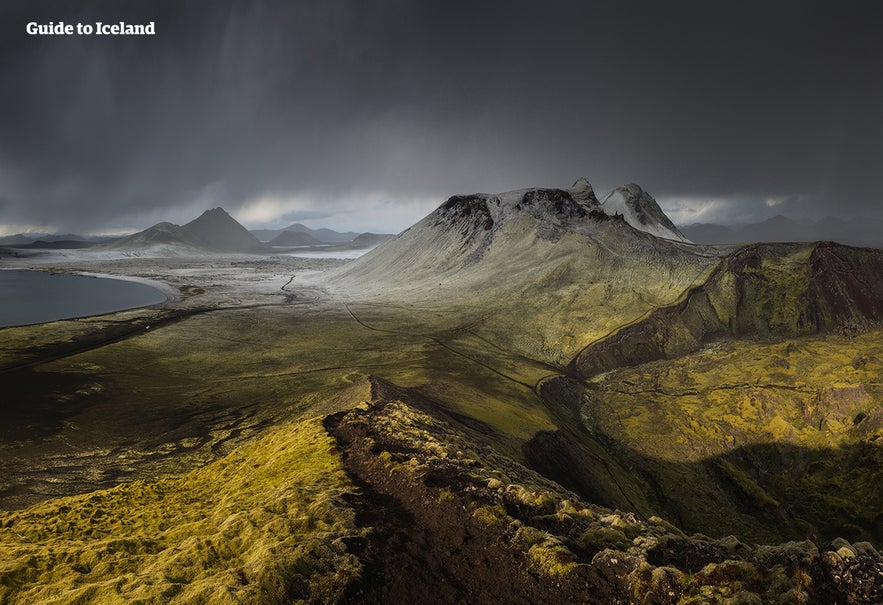
Photography lovers in Iceland have a wealth of potential itineraries that will allow them to shoot this country’s beautiful landscapes and features without having to rush. Whether you are seeking to build a professional portfolio, learn new skills or simply bring some colour to your Instagram page, tailoring an itinerary that suits your desires and needs has never been easier.
What are your favourite locations in Iceland to photograph? Have you been on a photography workshop, and how did it change your technique? Let us know about your experience photographing Iceland!
더 많은 흥미로운 게시글
아이슬란드에서 5일 동안 할 수 있는 것들
아이슬란드에서 5일간 무얼 하고 어딜 가야 좋을까요? 버스를 이용해야 할까요 차를 렌트해야 할까요? 레이캬비크에서는 무얼 할 수 있을까요? 아이슬란드에 5일 동안 머무르실 생각이라면 여러 선택지들이 있습니다. 5일 동안 아이슬란드 전체를 차로 돌아다니기는 힘든 기간입니다. 때문에 중간 중간 빠트리는 곳도 있고 수도인 레이캬비크를 알아가는 것 만으로도...더 보기아이슬란드에서 보내는 완벽한 주말
아이슬란드에서 머무는 주말 동안 최대한 알차게 주변 여행지를 방문하고 싶은가요? 여러분들을 위해 아이슬란드에서의 완벽한 주말 여행 팁을 준비했습니다. 같이 보면 좋을 링크: 아이슬란드에서의 3일, 어떻게 보낼까? 아이슬란드에서의 4일, 어떻게 보낼까? 한여름 토요일 아침 케플라비크 (Keflavik) 공항에 도착한 당신. 귀국 항공편은 월요일 아...더 보기아이슬란드에서의 3일, 어떻게 보낼까?
아이슬란드에서 3일을 묵을 예정인데 뭘 해야 할 지 모르시는 여러분을 위해 최고의 여행 팁만을 골라 준비 했답니다! 가장 먼저 언제 아이슬란드에 도착하느냐가 중요해요. 방문 계절이 여름인지 겨울인지에 따라 그 차이가 크답니다. 일부 투어 프로그램은 여름에만 가능하고 (하이랜드 관광, 래프팅 투어 등) 일부는 겨울에만 가능하거든요 (얼음 동굴 투어, 오...더 보기

아이슬란드 최대의 여행 마켓플레이스를 전화에 다운로드하여 전체 여행을 한 곳에서 관리하세요
전화 카메라로 이 QR 코드를 스캔하고 표시되는 링크를 누르면 아이슬란드 최대의 여행 마켓플레이스를 주머니에 넣을 수 있답니다. 다운로드 링크가 포함된 SMS 또는 이메일을 받으려면 전화번호 또는 이메일 주소를 추가하세요.




















